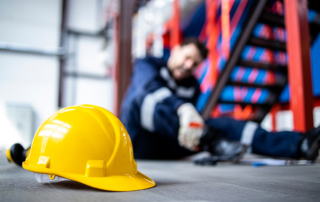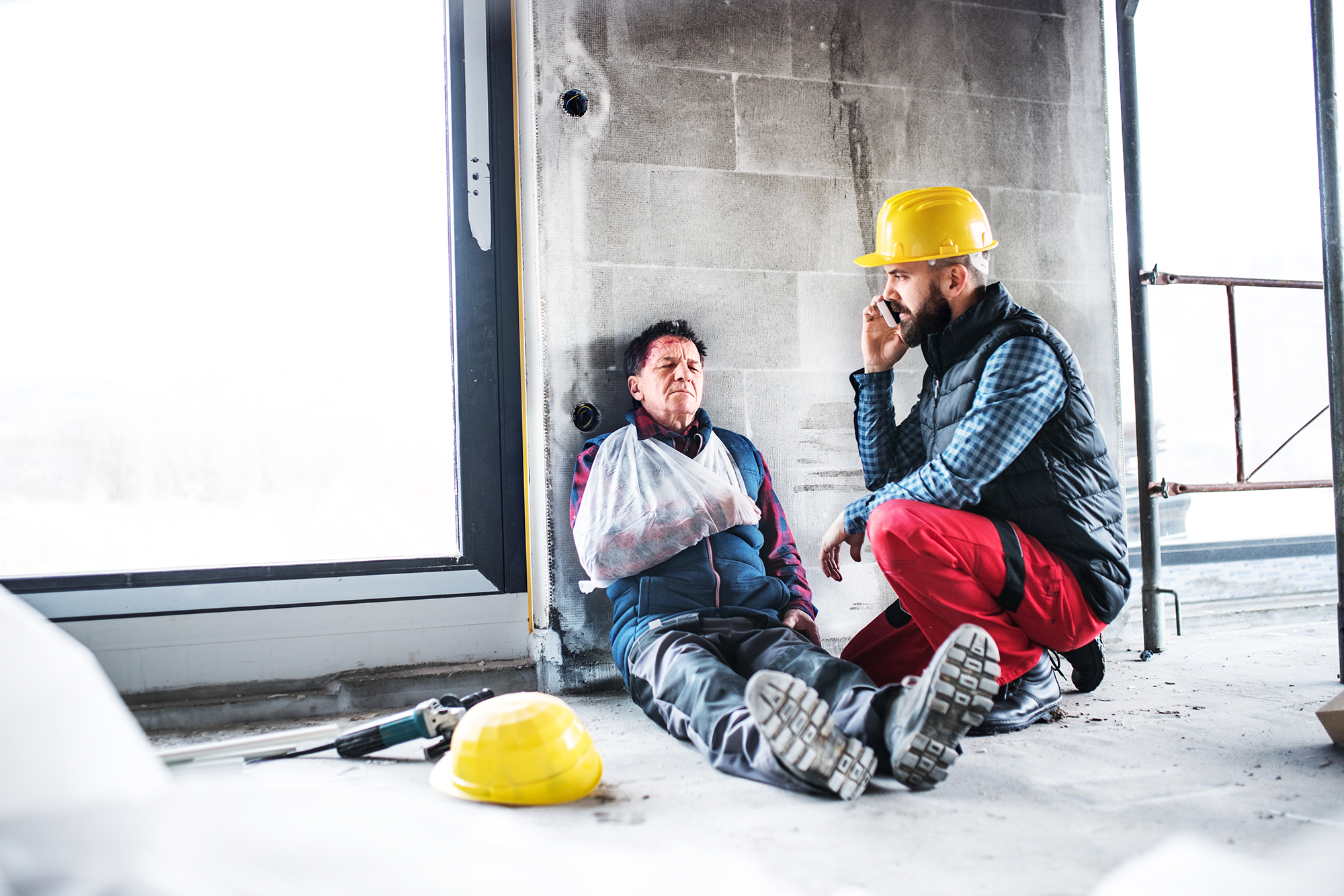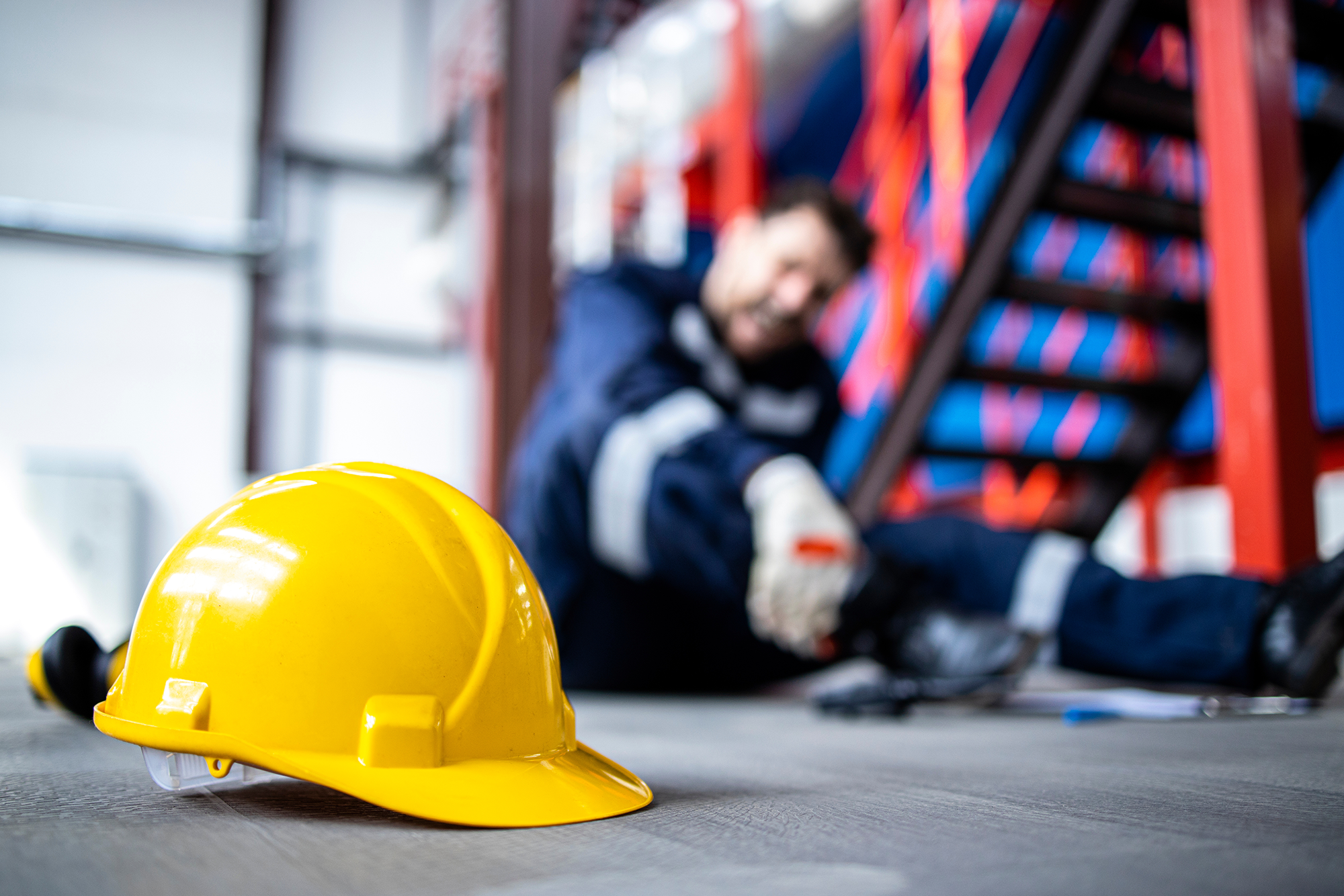Keep Your Pipes From Freezing
Generally, pipes that are exposed to frigid outdoor temperatures freeze more readily—such as hose bibs, swimming pool lines and water sprinkler lines. Pipes that run along exterior walls in your home with minimal insulation also tend to freeze more easily.
Regardless of where they are located, frozen pipes can carry significant consequences—including property damage from your pipes bursting, flooding and the potential for a disruption in water supply. With this in mind, here’s what you can do keep your pipes from freezing when temperatures drop.
- Insulate pipes in unheated interior areas, such as crawl spaces and attics.
- Wrap pipes in heat tape or thermostatically controlled heat cables.
- Open cabinet doors to expose pipes to warm air.
- Seal any leaks with caulk or insulation.
- Disconnect outdoor items such as hoses and faucets. Shut off these items completely using an
indoor valve and allow the excess water to drain out. - Trickle a little water out of your faucets periodically to keep water moving within the pipes.
- Keep your garage door closed if there is a water supply in there.
- Keep your thermostat set at the same temperature during the day and night.
- Do not set your thermostat lower than 55 degrees Fahrenheit when going on vacation.
How to Respond to Frozen Pipes
If you turn on a faucet and no water or only a trickle comes out, your pipes may be frozen. Turn off the main water valve and keep the faucet on. Apply heat to the pipe by using an electric heating pad, hair dryer or portable space heater, or by wrapping the pipe in towels soaked in hot water. You should apply heat until you regain water pressure. If this does not solve the problem, contact a licensed plumber to inspect your pipes.
For more home maintenance guidance and homeowners insurance solutions, contact us today.
This flyer is for informational purposes only and is not intended as professional advice. © 2008, 2013, 2016, 2021 Zywave, Inc. All rights reserved.
About the Author
Share This Story
Related Blogs
OSHA’s Safe and Sound Week Scheduled for Aug. 12-18
Each year, more than 5,000 workers are killed on the job. Additionally, more than 3.6 million employees are seriously injured each year while at work. Because of this, the Occupational Safety and Health Administration (OSHA) holds a nationwide event each August called Safe and Sound Week, which promotes the importance of companies incorporating safety and health programs into their workplace. This year, the event runs Aug. 12-18, 2024.
2024 Midyear Market Outlook: Workers’ Compensation
Profitable underwriting results have generated favorable conditions across the workers’ compensation insurance market for nearly a decade. According to the National Council on Compensation Insurance (NCCI), the segment produced combined ratios of 84.5 and 84.9 in 2022 and 2023, respectively, demonstrating continued profitability.
CrowdStrike, the Most Important Cyber Accumulation Loss Event Since NotPetya, Highlights Single Points of Failure
In what is being called “the most important cyber accumulation loss event since NotPetya,” the July 19, 2024, global technology outage (CrowdStrike) will produce scores of insurance claims across a range of policies, test cyber policy wordings,and sharpen the industry’s focus on single points of failure.







